Contents
Professional farmers know that with the help of special substances it is possible to regulate the life processes of plants, for example, accelerate their growth, improve the process of root formation, and increase the number of ovaries. To do this, they use various top dressings and fertilizers with a certain set of trace elements. For example, fertilizers with nitrogen will be an excellent top dressing for growing tomatoes. Calcium promotes better absorption of nitrogen, which means that these microelements can be applied “in pairs”. It is also possible to provoke the active growth of tomatoes with the help of organic substances, or, for example, yeast. We will talk about when and how to use such growth activators for tomatoes in this article.
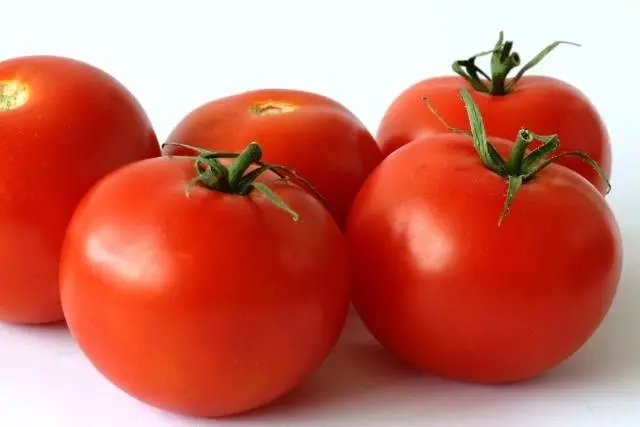
Seed Growth Activators
With the advent of early spring, every gardener begins to grow tomato seedlings. In an effort to give plants a good start, many use various substances that activate seed germination and subsequent plant growth.

Among the environmentally friendly and highly effective biological products for seed germination, Zircon, Epin, Gumat should be singled out. These tomato growth activators must be diluted with water in accordance with the instructions. The soaking temperature must be at least +150C. The optimum temperature is +220C. Immerse tomato seeds in the solution for no more than a day, which will allow the grains to swell, absorbing useful trace elements, but not suffocate.
An example of how to treat tomato seeds with growth stimulants before sowing is shown in the video:

Treated with growth stimulants, the seeds germinate quickly and grow green mass. However, in some cases, the manufacturer in industrial conditions processes the grains with various similar substances, indicating information about this on the packaging. In this case, no additional processing is required.
Manure
Manure is a fertilizer rich in organic matter and various minerals. It is widely used in agriculture for feeding, including tomatoes. Due to the significant amount of nitrogen and organic matter, manure acts on plants as a growth accelerator. That is why it is used at various stages of the growing season of tomatoes, from growing seedlings to harvesting.
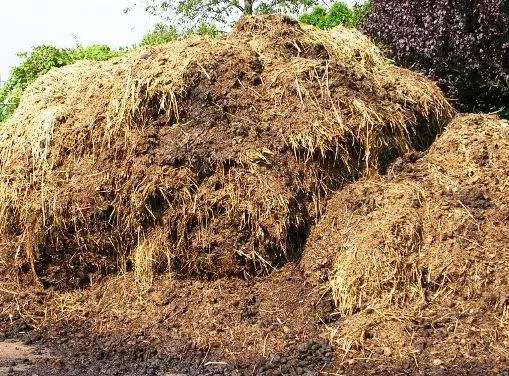
You can use the manure of various animals for feeding tomatoes: cows, sheep, horses, rabbits. Pig manure compared to all of the above is depleted, it is rarely used as a fertilizer. The concentration of mineral trace elements and the amount of heat generated depend on the type of manure. So, horse manure is recommended to be used in greenhouses, since during its decomposition a lot of heat is released that can heat the enclosed space. At the same time, mullein is more accessible, has a long period of decay and a balanced microelement composition, due to which it is more often used for feeding plants in open ground.
Manure in the ground
It is necessary to take care of the successful cultivation of tomatoes in advance, before the moment of direct planting. So, even in the fall, after harvesting the remains of the former vegetation, manure must be introduced into the soil during digging. Most often, fresh raw materials are used for this. It contains a lot of ammonia nitrogen, which during the winter will successfully decompose into simple elements and become a fertilizer in spring for the active growth of roots and aerial parts of tomatoes. You can add fresh manure to the soil in autumn at 3-6 kg / m2.

Rotted manure can also be used to improve soil fertility, not only in autumn, but also in spring. It does not contain ammonia, which means that its nitrogen will only have a beneficial effect on tomatoes, accelerating their growth and increasing the amount of green mass of the plant.
manure for seedlings
Tomato seedlings require the presence of a whole complex of microelements in the soil. For its growth, nitrogen, potassium, phosphorus, calcium are needed. That is why tomato seedlings are repeatedly fed with various fertilizers.
A good “platform” for the successful cultivation of seedlings should be fertile soil. You can get it by mixing rotted manure with garden soil. The proportion of the mixture should be 1:2.

You can feed tomato seedlings with manure when 2-3 sheets appear. For this time, a mixture of mullein with minerals is a good fertilizer. It can be prepared by adding 500 ml of cow dung infusion to a bucket of water. An additional microelement ingredient in the composition of the fertilizer can be potassium sulfate in the amount of one spoon.
Liquid fertilizer prepared according to this recipe can be used for watering tomatoes under the root or spraying the leaves. Top dressing will allow young plants to grow faster and develop a good root system. It must be used twice. An increase in the number of top dressings can lead to an excessive build-up of green mass and a decrease in yield.
Manure fertilizer for tomatoes after planting
For the next 10 days after planting tomato seedlings in the ground, you should not use fertilizers to activate growth. At this time, plants require potassium and phosphorus for better rooting and practically do not grow at the stage of adaptation to new conditions. After this period, you can use manure top dressing. To do this, prepare an infusion by mixing manure with water in a ratio of 1:5. When insisting, the solution should be stirred regularly. After 1-2 weeks, when the fermentation process is stopped, the fertilizer can be used to water the tomatoes. Before use, it should be diluted again with water until a light brown solution is obtained.
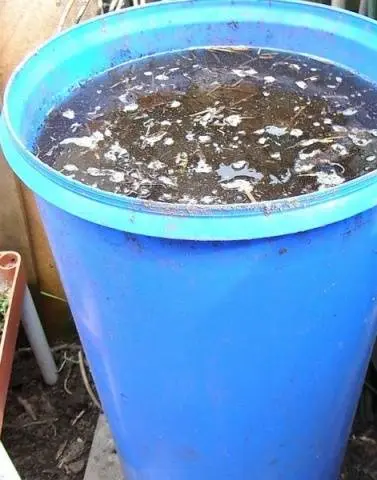
During the formation of ovaries and ripening of fruits, fertilizers that activate plant growth should not be used. However, a small amount of nitrogen is still needed to be added to the soil in order to restore its microelement balance. Thus, after planting seedlings in the ground, you can feed the plants with manure infusion with the addition of ash or 50 g of superphosphate (for each bucket of finished infusion). This fertilizer can be applied repeatedly during the fruit ripening period with an interval of several weeks.
Manure is a natural tomato growth activator. It is available to every farmer. And even if you don’t have your own cattle farm, you can buy mullein concentrate for sale. Fertilizer will effectively accelerate the growth of plants and at the same time will not saturate vegetables with nitrates.
Mineral fertilizers for tomato growth
Among all minerals, carbamide, also known as urea, and ammonium nitrate are most often used to accelerate the growth of tomatoes. This effect on plants is due to the high concentration of nitrogen in their composition.
Urea
Urea is a mineral fertilizer that contains more than 46% ammoniacal nitrogen. It is used for feeding various vegetable, berry crops, trees. Based on urea, fertilizers can be prepared for spraying and watering tomatoes. As an additional ingredient, urea can be included in various mineral mixtures.

When digging the soil, you can add urea in the amount of 20 g per 1 m2. She will be able to replace manure and will contribute to the accelerated growth of tomato seedlings after planting.
You can feed tomato seedlings with urea by spraying. As a rule, such an event is carried out when observing signs of nitrogen deficiency, slow growth, yellowing of the leaves. For spraying, urea in the amount of 30-50 g is added to a bucket of water.
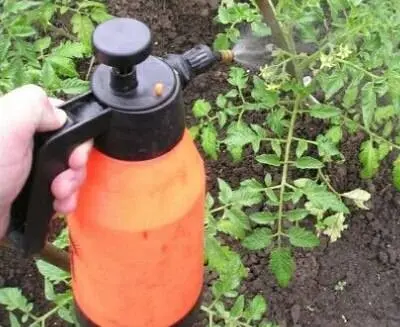
For watering tomatoes under the root after planting, urea is mixed with additional substances. So, you can neutralize the acidity of urea with lime. To do this, for every 1 kg of the substance add 800 g of lime or ground chalk.
Before watering the plants under the root, you can also add superphosphate to the urea solution. Such a mixture will become not only a source of nitrogen, but also phosphorus, which will favorably affect the yield and taste of tomatoes.
Ammonium nitrate
Ammonium nitrate can be found under the name ammonium nitrate. This substance contains about 35% ammoniacal nitrogen. The substance also has acidic properties.
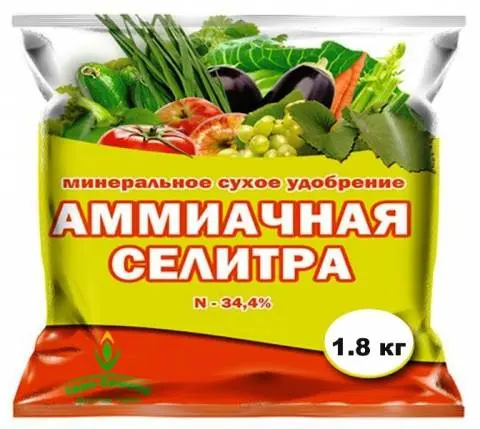
During the autumn digging of the soil, ammonium nitrate can be applied in the amount of 10-20 g per 1 m2. You can feed tomato seedlings and adult plants after planting by spraying. To do this, prepare a solution of 30 g of the substance per 10 liters of water.
Nitrofosca
This fertilizer is complex, with a high nitrogen content. It is most often used for feeding tomatoes. Prepare a solution for watering tomatoes at the root, you can add a spoonful of the substance to 10 liters of water.
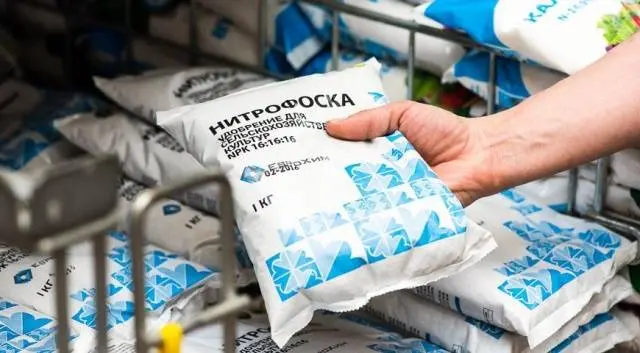
Nitrofoska in addition to nitrogen contains a large amount of potassium and phosphorus. Thanks to this joint, the fertilizer is suitable for tomatoes during flowering and fruiting. It increases yield and makes vegetables more fleshy, sweeter.
You can learn more about mineral fertilizers from the video:
Finished mineral complexes
You can feed tomatoes at the seedling stage and after planting in the ground with the help of complex fertilizers, which contain in a balanced amount all the microelements necessary for plants.
The first time you can feed tomato seedlings when a couple of true leaves appear. Agricola-Forward is perfect for these purposes. You can prepare a nutrient solution by adding 1 small spoon of the substance to 1 liter of water.
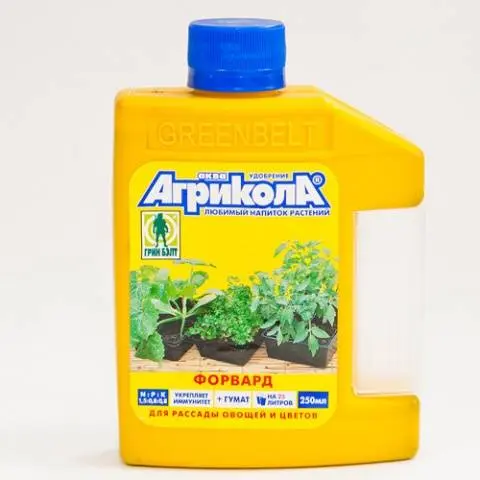
You can replace the above fertilizer with other complexes, for example, “Agricola No. 3” or universal fertilizer nitrophoska. These substances for watering tomatoes under the root are diluted with water (a tablespoon per liter of water). Tomato seedlings should be fed with such complex fertilizers no more than 2 times.
After planting tomato seedlings in the ground, you can use the drug “Effekton”. It is prepared by adding a tablespoon of the substance to 1 liter of water. You can use the drug repeatedly with an interval of 2-3 weeks until the end of the fruiting period.
Ready preparations effectively accelerate the growth of tomatoes, allow them to grow strong and healthy. Their advantage is also harmlessness, accessibility, ease of use.
Information about some other mineral fertilizers is shown in the video:
Yeast for tomato growth
Surely many are familiar with the expression “grow by leaps and bounds.” Indeed, this natural product contains a lot of nutrients and vitamins that contribute to the accelerated growth of plants. Experienced gardeners have long learned to use yeast as an effective fertilizer.
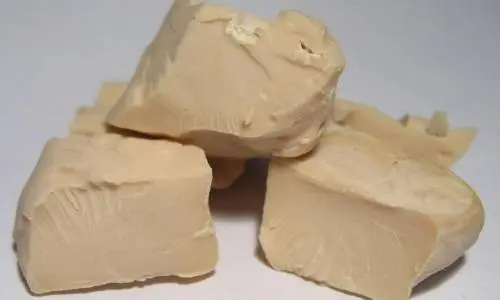
Make yeast top dressing, including under the root of tomatoes. It is advisable to use the substance only with the onset of heat, when the soil is warm enough. In such an environment, yeast fungi are able to actively multiply, release oxygen and activate the beneficial microflora of the soil. As a result of such an impact, the organic matter present in the soil quickly decomposes, releasing gases and heat. In general, feeding tomatoes with yeast contributes to their accelerated growth, the successful development of roots and increased yields.
There are several ways to prepare yeast dressing:
- Add 5 g of fresh yeast to 200 liters of warm water. To improve fermentation, 250-300 g of sugar should be added to the solution. The resulting mixture should be left in a warm place for several hours. After preparation, the concentrate must be diluted with water in the ratio of 1 glass per bucket of warm water.
- Dry granular yeast can also be a nutrient source for tomatoes. To do this, they must be dissolved in warm water in a ratio of 1:100.
- Yeast is also often added to organic complexes. So, a nutrient mixture can be obtained by adding 10 ml of infusion of chicken manure or mullein to 500 liters of water. In the same mixture, add 500 g of ash and sugar. After the end of fermentation, the concentrated mixture is diluted with water 1:10 and used for watering tomatoes under the root.
Yeast effectively stimulates the growth of tomatoes, rooting, and contributes to an increase in yield, however, they can be used no more than 3 times per season. Otherwise, yeast top dressing can harm the plants.
You can learn more about the preparation of yeast nutrition here:
Conclusion
All of the listed types of top dressing contain growth activators for tomatoes. However, they must be used deliberately, in order not to provoke “fatting”, in which tomatoes abundantly grow greens, but at the same time form ovaries in small quantities. It is also worth remembering that the growth of the aerial part of the plant must keep pace with the growth of the roots, otherwise the tomatoes may not produce a crop or even die. That is why it is recommended to add minerals to organic fertilizers that promote root growth. It is rational to use urea and ammonium nitrate in “pure form” and only when observing symptoms of nitrogen deficiency in plants. When observing excessive stretching of the stems of tomatoes, it is necessary to use the drug “Athlete”, which will stop their growth and make the stems of tomatoes thick.









